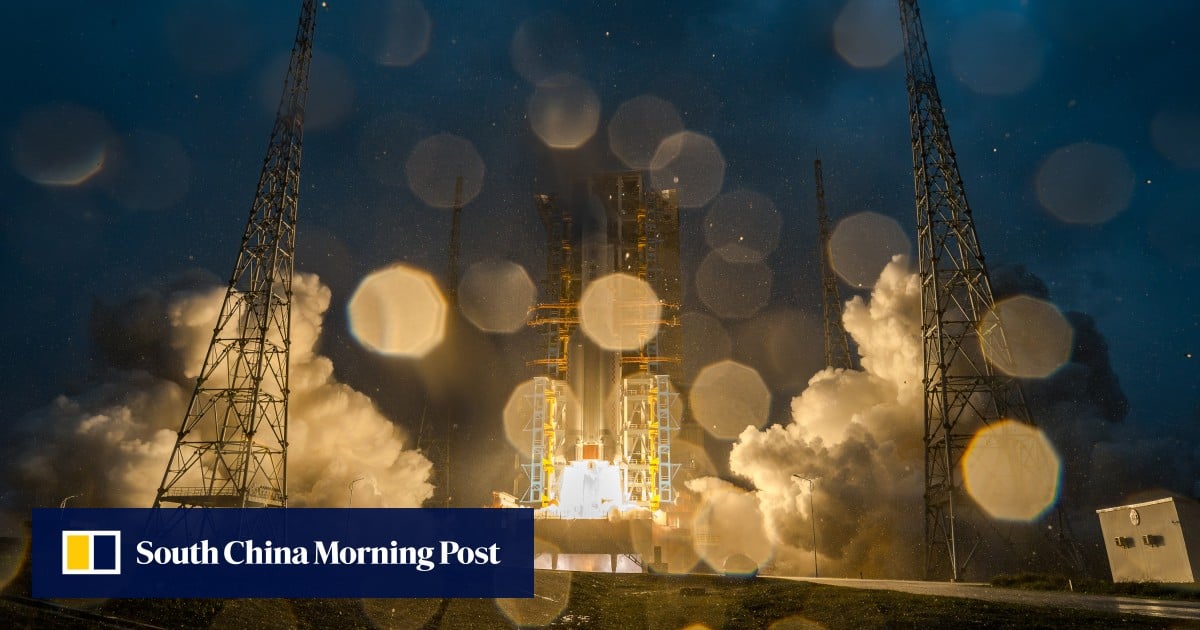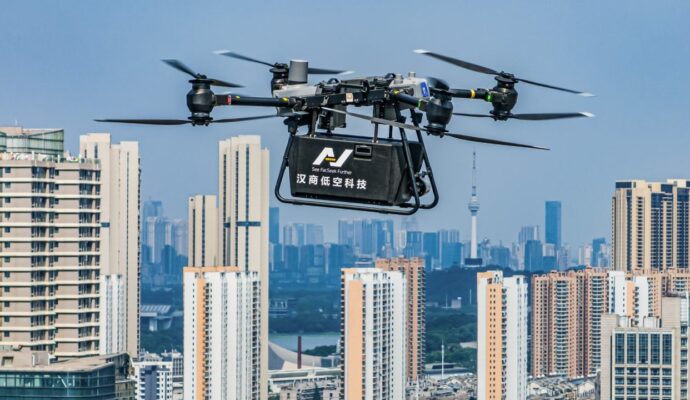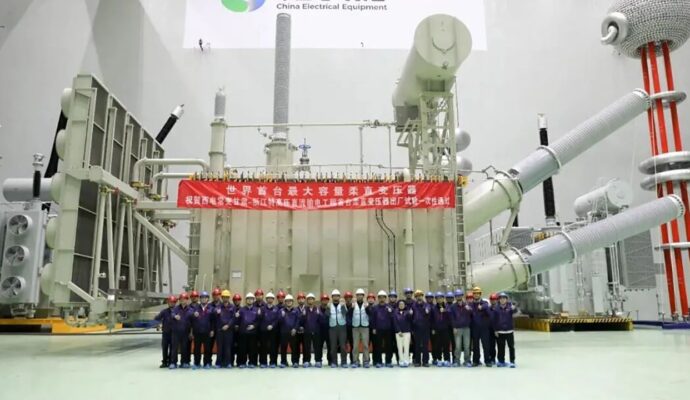
Advertisement
According to the paper published last month by China’s Journal of Astronautics, the Long March-5 flew southeast after lifting off and engineers delayed the release of the rocket’s nose cone by several dozen seconds, nudging the splashdown of debris further out to sea.
An accompanying map showed the original debris drop zone off the east coast of Luzon – the Philippines’ largest and most populous island – with the revised zone shifted further into the Philippine Sea to avoid waters considered by Manila to be under its jurisdiction.
“In response to new domestic regulations and evolving claims over foreign territorial sea baselines, we fine-tuned the launch trajectory timing,” Wang Qiong, the mission’s deputy chief designer, and his team wrote.
Advertisement
Without naming the Philippines, the authors said the delay pushed debris away from “sensitive maritime areas”.


